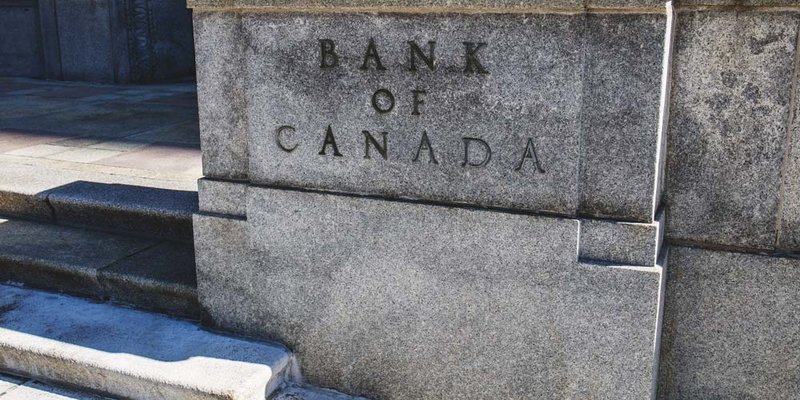
If you are not redirected within 30 seconds, please click here to continue.
Samedi: 10h – 16h HAE

If you are not redirected within 30 seconds, please click here to continue.
If you are not redirected within 30 seconds, please click here to continue.
Strong Economic Growth Leads Bank of Canada to Finally Hike Interest Rate to 1.5%

Bank of Canada Stephen Poloz at a press conference following the Bank of Canada announcement in April.
As expected by most analysts, the Bank of Canada raised its overnight lending rate by 25 basis points this morning. That brings the benchmark rate to 1.5%. This is the fourth time the Bank raised rates in the past year, after years of stagnant low rates, although we have seen higher rates in the past decade.
The decision to hike the benchmark rate comes despite rising trade tensions with the U.S. Following the announcement, the Bank released a statement that expressed concern about global pressures - more particularly, those coming from the uncertainty in NAFTA negotiations and the recent tariffs implemented by the Trump administration on Canadian steel and aluminum.
The statement mentions the “possibility of more trade protectionism is the most important threat to global prospects.” And since the U.S. is Canada's biggest trading partner, rising costs will have an impact on Canada’s ability to grow our economy.
Higher rates will translate to higher borrowing costs for Canadians with floating rates loans and variable mortgages, as commercial banks are likely to raise their prime lending rate in reaction.
We've even seen this type of reaction in recent months, though the Bank hasn't raised rates since January. Around the time of the April announcement, all of the big banks increased their prime rates. Though, TD Canada Trust notably dropped its five-year variable mortgage rate by 0.10% to 2.85%.
And today’s hike will likely put more pressure on home prices as well. Resale home prices have notably fallen over the last six months, resulting from new, stricter borrowing rules that came into effect on January 1.
Even in a high-interest rate environment, RATESDOTCA can still find you the best rates on mortgages, loans, GICs and other banking products. Compare hundreds of products from the best lenders and brokers in Canada today.
Bank foresees stronger economy over next two years; growth of close to 2%
In its statement, the Bank expressed confidence in Canada’s economic future, trade tensions aside. It says, “Canada’s economy continues to operate close to its capacity and the composition of growth is shifting.”
It adds, “Recent data suggest housing markets are beginning to stabilize following a weak start to 2018. Meanwhile, exports are being buoyed by strong global demand and higher commodity prices. Business investment is growing in response to solid demand growth and capacity pressures, although trade tensions are weighing on investment in some sectors. Overall, the Bank still expects average growth of close to 2% over 2018-2020.”
Inflation, which is the Bank’s key mandate, currently remains near 2% - consistent with an economy operating close to capacity. And the Bank expects inflation to edge further to about 2.5% before settling back to 2% by the second half of 2019. It also forecasts an increase in wages by 2.3% over the next year.
The Bank expects to increase rates again, when warranted, to keep inflation near the target in the near future. It says it will continue to take a gradual approach, guided by incoming data. Most likely, it's interested in monitoring the economy’s adjustment to higher interest rates and the evolution of capacity and wage pressures, as well as the response from companies and consumers to trade actions.
The next interest rate announcement is September 5.
Get money-saving tips in your inbox.
Stay on top of personal finance tips from our money experts!










